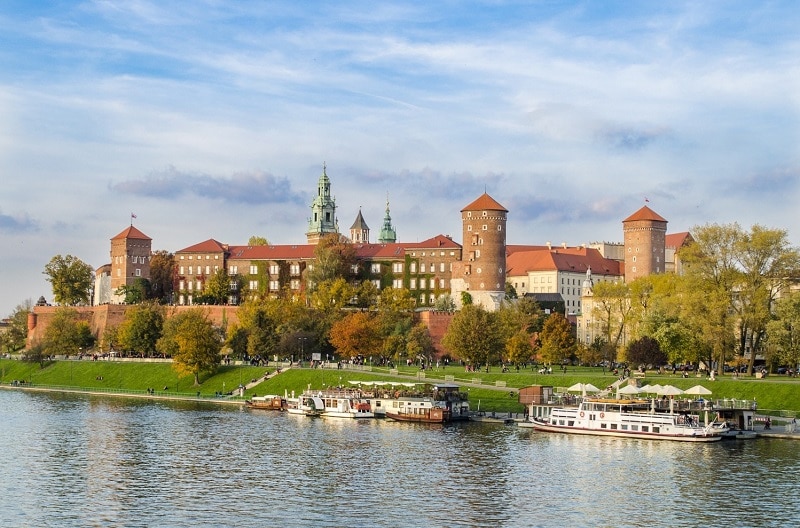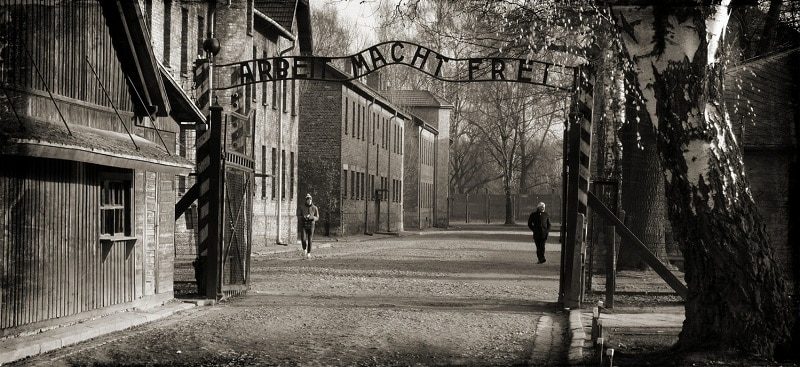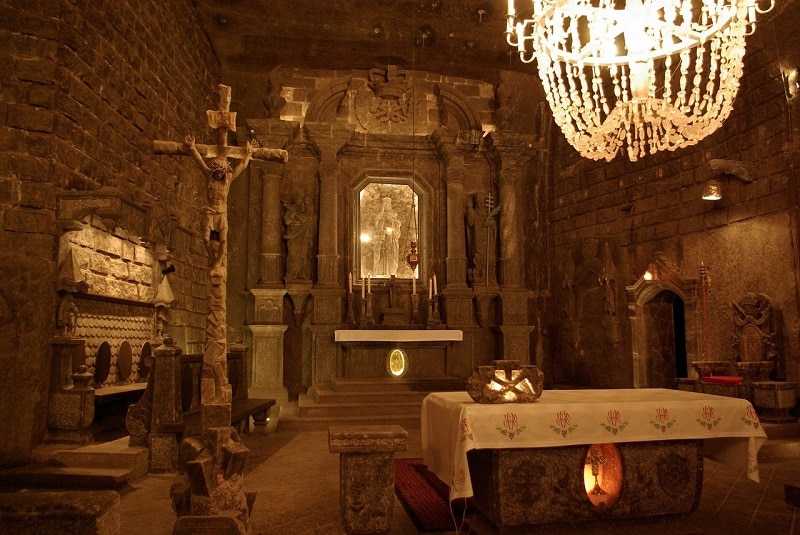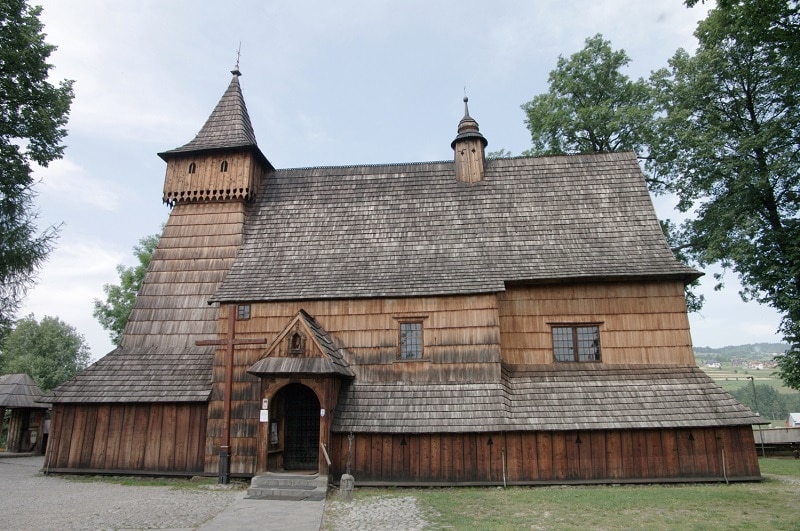Małopolska (English: Lesser Poland) is a geographical region that lies in the south-eastern part of Poland. The capital of this region is picturesque Kracow, which is also the most interesting place in terms of history and tourism. In addition to Krakow’s historical monuments, Małopolska abounds in many exciting and fascinating places that, due to their uniqueness, have been included in the UNESCO World Heritage List. What are the must-sees on a journey through this lovely region? Below is an overview of the most attractive places not to be missed during the visit.

Krakow Old Town
The Old Town constitutes the oldest part of Krakow. Together with such areas as Wawel, Kazimierz and Stradom, it was included in the UNESCO World Heritage List in 1978. Walking the picturesque streets of the Old Town, worth seeing are the main monuments of this historical site:
St. Mary’s Church – Polish: Kościół Mariacki
A church built at the turn of the 14th and 15thcenturies. It is located at the Old Town Square and is visited by millions of tourists from all over the world. When strolling through the square, you can hear the legendary bugle call that sounds every hour from the upper church tower. Inside the church you can see a gothic St. Mary’s altar created by Wit Stwosz, made of three types of wood and presenting scenes of joy of Virgin Mary.
Cloth Hall – Polish: Sukiennice
A building that attracts tourists due to its special architecturalvalues. In the Cloth Hall you can still find stalls with handicrafts, souvenirs and jewellery.
Wawel Royal Castle
The historical seat of Polish kings in the 11th-17th century. In the castleyou can see the Royal Chambers, “Wawel’s Heads”, which decorate the ceiling of the Envoys’ Hall, the Treasury and the Armory.
Auschwitz-Birkenau

Auschwitz-Birkenau is a group of Nazi concentration camps located in the area of Oświęcim, Brzezinka and Monowice, entered in the UNESCO World Heritage List in 1979. They document the Nazi crimes committed against the Polish and Jewish population in the years 1940-1945. Located about 67 km away from Krakow, the entire site can be visited as part of an organized Krakow to Auschwitz tour.
Wieliczka and Bochnia Royal Salt Mines

The historical salt mines, located about 40 km from Krakow, were entered in the UNESCO World Heritage List successively in 1979 and 2013. The salt mine in Wieliczka includes almost 3 kilometers of corridors and a 135-meter descent underground down the stairs. Worth admiring there are beautiful and impressive salt chambers, unique salt sculptures and underground lakes. Situated 101 meters underground, the Chapel of St. Kinga will enchant every visitor with crystal chandeliers, carved floor, bas-reliefs and majestic altars.
Kalwaria Zebrzydowska
The Passion-Marian Sanctuary of the Bernardine Fathers in Kalwaria Zebrzydowska is a place of worship included in the UNESCO World Heritage list in 1999. Religious rituals that are particularly religious in nature (Holy Week, the Passion Play and the Feast of the Assumption of the Blessed Virgin Mary) attract pilgrims from all over the world.
Wooden churches of southern Małopolska

The churches of southern Małopolska constitute a group of sites that date back to the 14th century and are valuable from the architectural and historical point of view. The historic wooden churches are: the Church of St. Michael the Archangel in Dębno Podhalańskie (photo), the Church of St.
Leonard in Lipnica Murowana, the Church of St. Philip and St. James in Sękowa and the Church of St. Michael the Archangel in Binarowa. According to UNESCO, the churches of southern Małopolska are “a harmonious combination of historical, artistic, architectural values and the most precious polychrome of wooden churches”.














